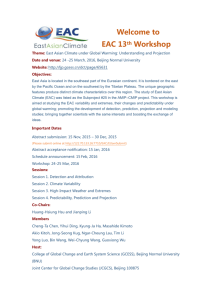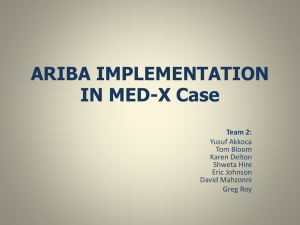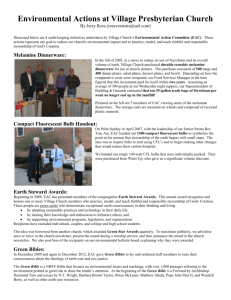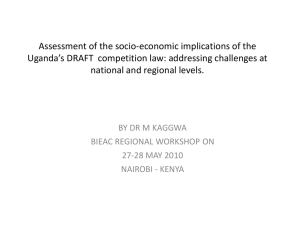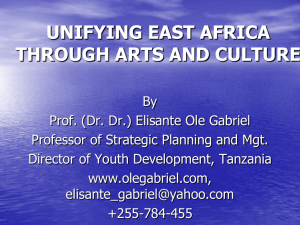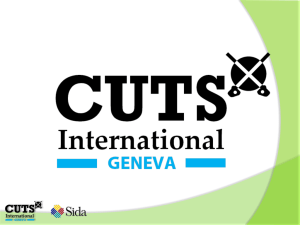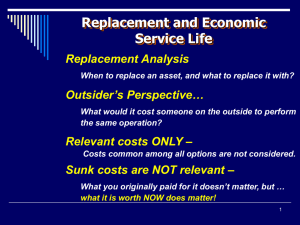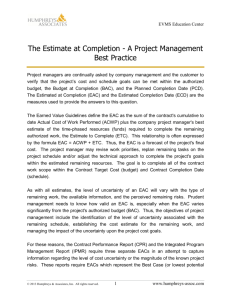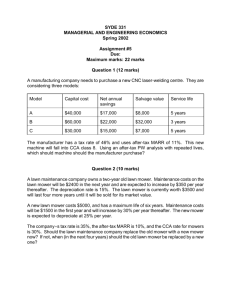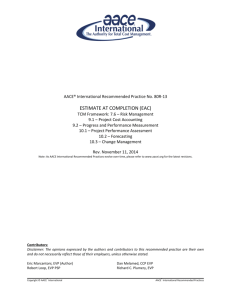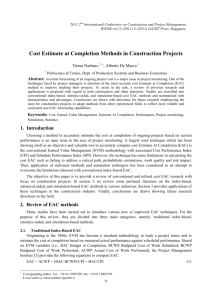Progress Report March 2012 Remote
advertisement
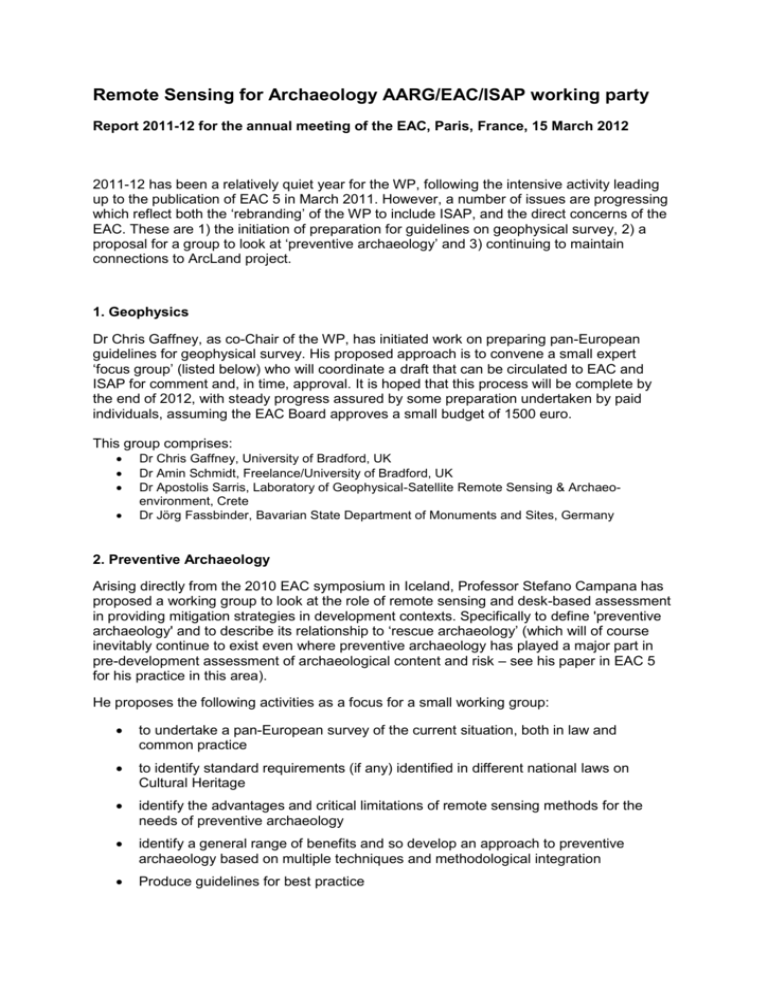
Remote Sensing for Archaeology AARG/EAC/ISAP working party Report 2011-12 for the annual meeting of the EAC, Paris, France, 15 March 2012 2011-12 has been a relatively quiet year for the WP, following the intensive activity leading up to the publication of EAC 5 in March 2011. However, a number of issues are progressing which reflect both the ‘rebranding’ of the WP to include ISAP, and the direct concerns of the EAC. These are 1) the initiation of preparation for guidelines on geophysical survey, 2) a proposal for a group to look at ‘preventive archaeology’ and 3) continuing to maintain connections to ArcLand project. 1. Geophysics Dr Chris Gaffney, as co-Chair of the WP, has initiated work on preparing pan-European guidelines for geophysical survey. His proposed approach is to convene a small expert ‘focus group’ (listed below) who will coordinate a draft that can be circulated to EAC and ISAP for comment and, in time, approval. It is hoped that this process will be complete by the end of 2012, with steady progress assured by some preparation undertaken by paid individuals, assuming the EAC Board approves a small budget of 1500 euro. This group comprises: Dr Chris Gaffney, University of Bradford, UK Dr Amin Schmidt, Freelance/University of Bradford, UK Dr Apostolis Sarris, Laboratory of Geophysical-Satellite Remote Sensing & Archaeoenvironment, Crete Dr Jörg Fassbinder, Bavarian State Department of Monuments and Sites, Germany 2. Preventive Archaeology Arising directly from the 2010 EAC symposium in Iceland, Professor Stefano Campana has proposed a working group to look at the role of remote sensing and desk-based assessment in providing mitigation strategies in development contexts. Specifically to define 'preventive archaeology' and to describe its relationship to ‘rescue archaeology’ (which will of course inevitably continue to exist even where preventive archaeology has played a major part in pre-development assessment of archaeological content and risk – see his paper in EAC 5 for his practice in this area). He proposes the following activities as a focus for a small working group: to undertake a pan-European survey of the current situation, both in law and common practice to identify standard requirements (if any) identified in different national laws on Cultural Heritage identify the advantages and critical limitations of remote sensing methods for the needs of preventive archaeology identify a general range of benefits and so develop an approach to preventive archaeology based on multiple techniques and methodological integration Produce guidelines for best practice Professor Campana has indicated that his is prepared to Chair the work, with representatives from EAC, AARG and ISAP. EAC members are asked to consider whether they might have staff members who would be interested in participating in this group – crucially to do some work, not just attend meetings! This proposal is presented to the meeting for discussion, modification, and if appropriate approval. If it proceeds, EAC members are asked to put names forward for membership of the working group, in the first instance to Dave Cowley (dave.cowley@rcahms.gov.uk). It is worth stressing that this is an area where active EAC member participation is absolutely vital to ensure the legal and legislative frameworks are fully appreciated. 3. ArcLand Within the framework of the multi-partner EU funded ArcLand project (http://www.archaeolandscapes.eu/), there is a collective action to provide technical guidance and best practice as a way of improving standards by information-sharing. The use of planning procedures in heritage conservation and technical guidance on such subjects as lidar survey, aerial photography and the Internet presentation of heritage data, which will be of direct interest to EAC are explicitly listed. In this part of its work ArcLAnd will pay particular attention to best practice in conservation work and heritage management, including statutory provisions and practice in national legislation, and planning procedures throughout Europe. As reported last year the communication between ArcLand, AARG, ISAP and EAC will be maintained to ensure there is no duplication of effort and all can benefit from shared agendas. Indeed, Dr Axel Posluschny (posluschny@rgk.dainst.de), co-ordinator for ArcLand, has offered the use of ArcLand website, mailing list, Facebook and Linkedin to assist in dissemination of product like the Geophysics guidelines if required. Dave Cowley (dave.cowley@rcahms.gov.uk) and Chris Gaffney (C.Gaffney@Bradford.ac.uk)
